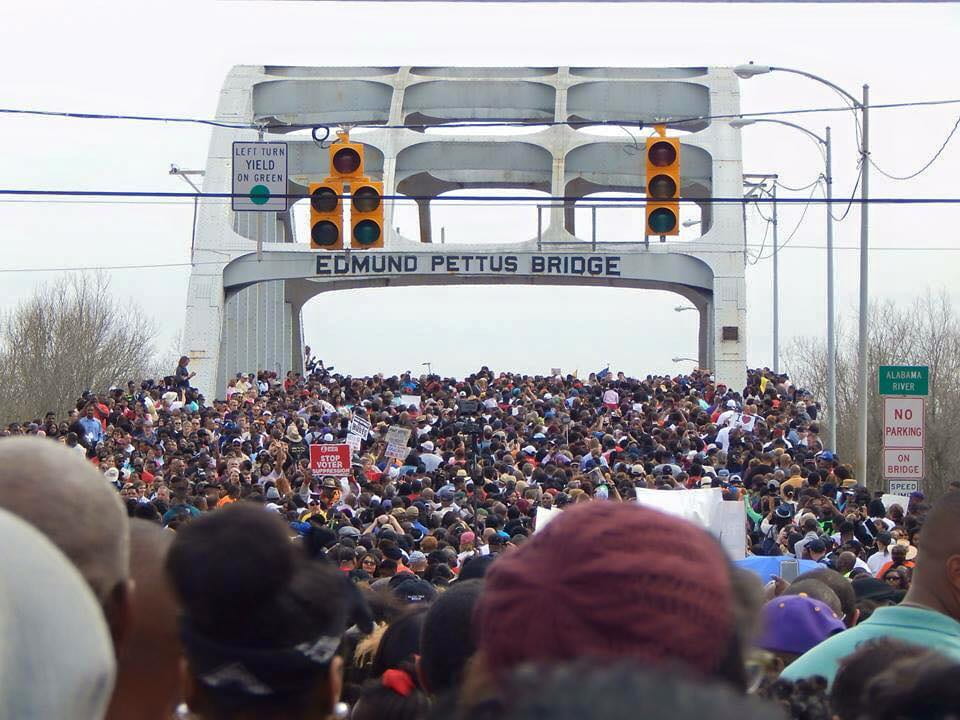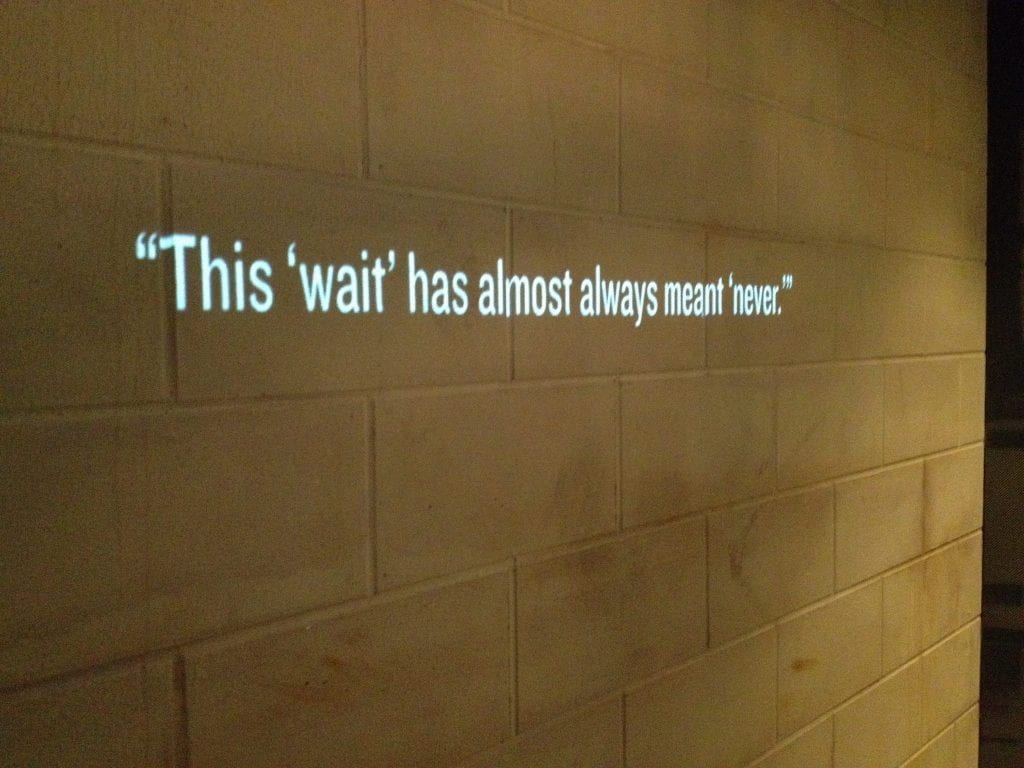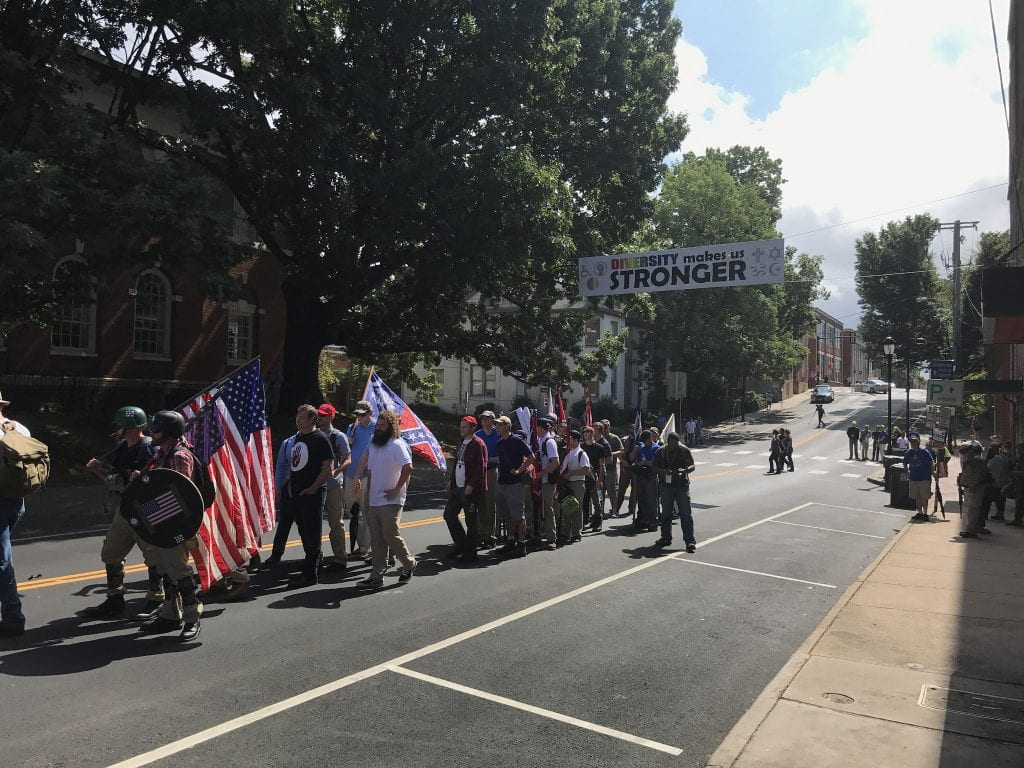**Today is the 64th anniversary of the landmark Brown v Board of Education decision. The decision acknowledged and established the unconstitutionality of the notion “separate but equal”. This blog is a repost from the fall.

What do you think of when you hear the word “segregation”? You probably flash back to your high school history class, when you learned about the Civil Rights Movement, Dr. Martin Luther King Jr., bus boycotts, the Little Rock Nine, and Ruby Bridges. Segregation is something we generally think of in the past-tense, as a phenomenon that occurred throughout much of history but ended in the 1960s. A common assumption is that these issues of racial discrimination and segregation on a systematic level are over. However, this is not the case. Schools in the United States seem to be going through rapid re-segregation. A reminder of our nation’s shameful past of dehumanizing and oppressing people on the basis of skin color, the idea is a hard pill to swallow. Many people find it difficult to come terms with our history and find it even more difficult to admit that serious issues related to race are still present in our society.
In 2010, Jefferson County opened Gardendale High School, one of the few high schools in the county that were actually well-integrated. By 2012, the campaigning for the secession of the schools of Gardendale from the district school system had begun. The concept of city school systems has grown increasingly popular in recent years. Many communities believe that it would be best if the taxes from their local areas only contribute to local schools. They have made claims that they believe that this would greatly improve the academic success of schools. In the case of Gardendale, these claims are not well supported. Creating a new school system would actually make it more difficult for students to attend the Jefferson County International Baccalaureate school (JCIB), which has been ranked by the Washington Post as the best school in Alabama and the seventeenth best school in the country. In order to attend JCIB, students would have to pay $1,500 in out-of-district tuition. In 2013, the Gardendale City Council voted to create a separate school system, and a new property tax was implemented later that year in order to fund the new system. An all-white school board and superintendent were then appointed for the system.
However, there were still obstacles for the new school system. Jefferson County is still under the desegregation order from the Supreme Court’s decision in Brown v. Board of Education. Gardendale would have to receive approval from Birmingham’s federal court in order to secede from the district. There were three main forces that all agreed that allowing Gardendale to secede would create significant problems for the efforts to continue desegregation. Representing the black children of Jefferson County was Legal Defense Fund Lawyer, Monique Lin-Luse. The Obama administration had involved the revitalizing of the civil rights division of the Justice Department. Jefferson County had just hired a new superintendent who was dedicated to desegregation. Though the residential area of Gardendale is 88% white, the schools are 25% black due to the busing of students from North Smithfield. For the majority of residents who want a completely separate school system for the city, the goal is to have a system that contains only students who live in Gardendale. Though this would not completely remove all of the black students, it would seriously reduce the number of them.

In the court decision regarding the Gardendale school system, the judge, Madeline Hughes Haikala, found that the motivation for the secession of Gardendale was undoubtedly based in a desire to control the racial demographics of the city’s schools. Despite this, Gardendale was not exactly denied their request. For the 2017-2018 school year, the city of Gardendale is operating Gardendale Elementary School and Snow Rogers Elementary independently from Jefferson County. If the city is able to run the schools for three years “in good faith,” then they have a chance at a full secession from the district. They were given three requirements. First, they are obligated to appoint a black board member to the school-board. Second, they must work with the plaintiffs of the decision and the Justice Department to create a desegregation plan for the new district. Lastly, they must either give up Gardendale High School, which was paid for by the residents of Jefferson County, or repay the $33 million that the county spent building the school. If Gardendale can show “sufficient” evidence of integration, then they will be released from the court order.
The release from this court order would be much more significant than one might think. Let us consider Central High School in Tuscaloosa, whose city school system was released from its desegregation order in 2000. By the 1980s, Central had developed into a very well-integrated school. However, after the desegregation order ended, and a new school was built in the mostly white and affluent part of the county, 99% of the Central High School students were black. Combined with the United States’ long history of systematic racism and economic disparities, this also led to the school having higher rates of poverty and less access to important academic resources. This shows that even a “sufficiently” integrated school has the potential to re-segregate without a desegregation order.
Clearly, the inequalities re-segregation creates between black and white students are unjust and need to be addressed, but it is important to realize that re-segregation is wrong regardless of whether or not it has negative impacts on black students. Even in the case of Brown v. Board of Education, the Brown family was not pursuing the issue because of a dissatisfaction with the quality of education at the all black school their daughter attended, but because black and white children should not be separated simply because of race.
When it comes to specific cases, such as in Gardendale, it can be easy to be misled by what seem to reasonable claims, such as the improving of education, that do not actually have any solid support. We have to pay attention to the larger scale impacts of situations like the one in Gardendale. If we do not pay full attention to the things that are happening, we can overlook serious effects of seemingly small situations. Tuscaloosa and Gardendale are just two of many places in Alabama where systematic racism is still very much a living issue. We cannot allow ourselves to be complacent or to think that racism is over. The fact of the matter is that slavery occurred over hundreds of years, and legal racial segregation continued long after that. It would be foolish to believe that everything would be perfect only 63 years after the Brown v Board decision and 53 years after the Civil Rights Act of 1964. Change takes time and diligence. This makes it absolutely necessary that we be fully aware of what is going on in our own backyard.



